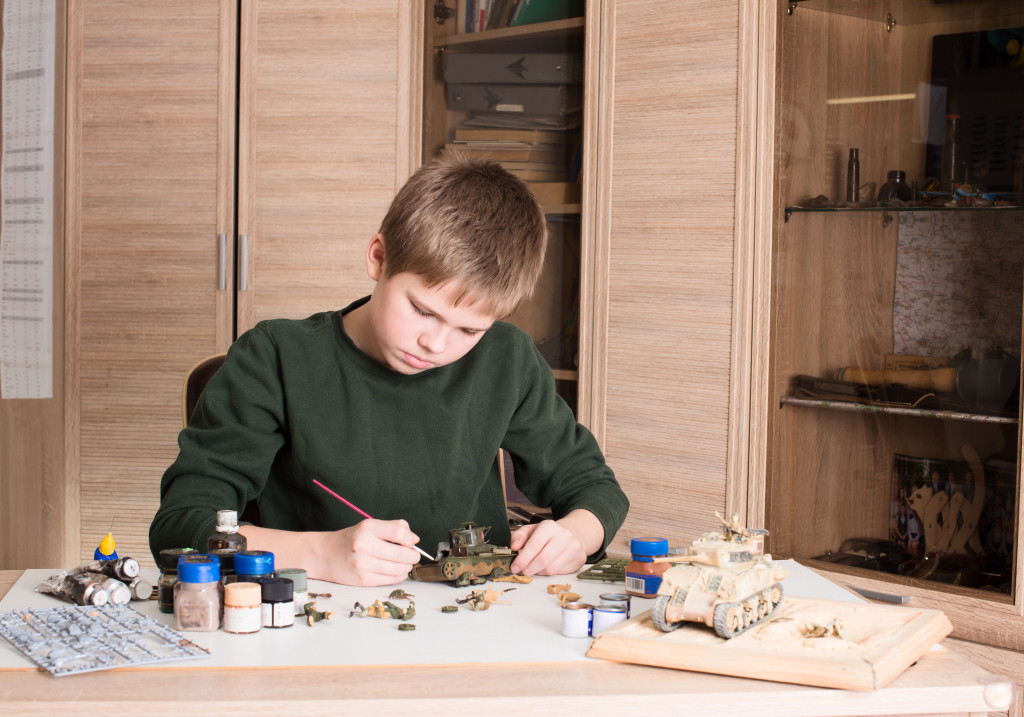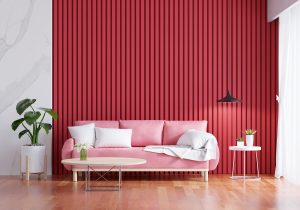- To guarantee success, a clear project vision must be established. Gathering necessary supplies and meticulously planning each step are vital components. With this approach, success is ensured.
- Creative thinking and outside-the-box approaches are crucial in creating unique work.
- Regular practice is crucial to skill refinement, allowing individuals to explore diverse materials and cultivate a distinct style, resulting in proficiency and engagement.
- Using reference images, expertly portray the environment’s physical attributes and intricate details.
Creating 3D miniature landscaping art is a great way to express creativity and explore your artistic side even as a pastime. Whether you’re a beginner or an experienced artist, specific tips can help make the process easier and more enjoyable. With practice and patience, you’ll be able to create unique works of art that will be admired by everyone who sees them!
Be Creative
Being creative is essential for creating great 3D miniature landscaping art. Think outside the box and develop new ideas to make your work unique and eye-catching. Here are some tips on how to get creative with your landscaping:
Have a Clear Vision
Having a clear vision is essential when doing a pastime hobby, particularly when creating 3D miniature landscaping art. Having a clear vision allows for precision and focus, ensuring that each aspect of the art piece is meticulously crafted and that the result is precisely what was envisioned.
It is essential to understand that a clear vision is not a rigid plan that cannot be deviated from but, instead, a guiding light that helps to keep the project on track and true to the initial idea. Without a clear vision, the art piece can easily become disjointed and lack the cohesion necessary for true beauty and impact. Therefore, taking the time to carefully develop a clear vision is crucial for achieving success with this hobby.
Gather Your Supplies

When doing your pastime hobby of creating 3D miniature landscaping art, gathering all the necessary supplies beforehand is essential to avoid any interruptions or delays in the creative process. One option for creating a stable base for this art is to invest in high-quality diorama baseboards.
These baseboards provide a strong foundation for miniature landscaping and add a realistic touch with their textured finish and natural-looking colors. In addition to baseboards, other essential supplies include clay for sculpting, modeling tools, paints, and brushes. It’s important to take the time to carefully gather all supplies and ensure they are of good quality to achieve the best possible results in this unique and detailed art form.
Take Time To Plan
Taking time to plan is crucial for success. Planning allows individuals to set clear goals, anticipate potential obstacles, and develop a structured project approach. By visualizing the result and strategizing the necessary steps, artists can save time and resources in the long run.
Additionally, planning can aid the creative process by inspiring new ideas and reducing stress. Ultimately, taking time to plan can improve the quality of work and result in a more enjoyable and rewarding experience.
Practice Makes Perfect
One must understand the significance of proper practice. Practice Makes Perfect is a well-known adage utilized in numerous industries, and 3D miniature art is no exception. Regular and dedicated practice can enhance artistic abilities and refine techniques. It allows for exploring new mediums and creating more intricate details on a small scale.
The importance of practice lies in the ability to experiment with different materials, designs, and styles until the desired outcome is achieved. Practicing regularly can hone their skills, identify weak areas, and address them accordingly.
In addition, practice can lead to developing a unique style that sets an artist apart. Therefore, one must diligently practice when pursuing the craft of 3D miniature landscaping art to maximize their potential, explore their creativity, and produce exceptional works of art.
Utilize Reference Images

Utilizing reference images is an integral part of the process. Reference images are pictures or photographs that guide or inspire the artist to recreate their interpretation of the scenery. It is essential to use reference images to accurately depict the physical attributes and details of the environment being represented in the artwork.
Whether it is the texture of tree bark or the way sunlight illuminates a pond, reference images provide a wealth of information that can help an artist bring their art to life. The result may lack the realism and depth essential to 3D miniature landscaping art without proper reference images. Thus, it is crucial for any artist pursuing this hobby to learn how to effectively select, analyze, and utilize reference images to achieve a realistic and visually appealing outcome.
Take Breaks
It is crucial to take breaks often and properly. Taking breaks helps avoid burnout and fatigue, allowing one to continue working on their hobby for longer. In addition, breaks provide an opportunity to step back and gain new perspectives on one’s work, brainstorm new ideas, and refresh the mind.
Breaks are not a waste of time but a vital part of the creative process. Proper breaks involve:
- Getting up and moving around.
- Hydrating.
- Engaging in other activities to fully disconnect from the art-making process.
Various tips and tricks can greatly enhance your 3D miniature landscaping art, even as a pastime hobby. Through practice, dedication, and creativity, beautiful pieces of art can be created that will captivate viewers. Don’t hesitate; start creating today!





